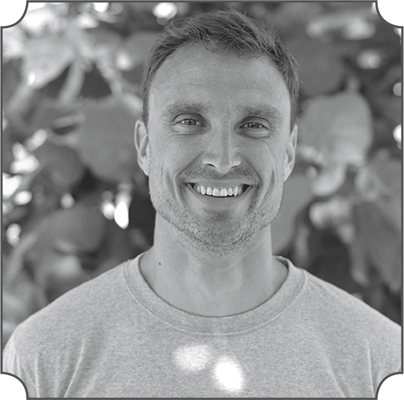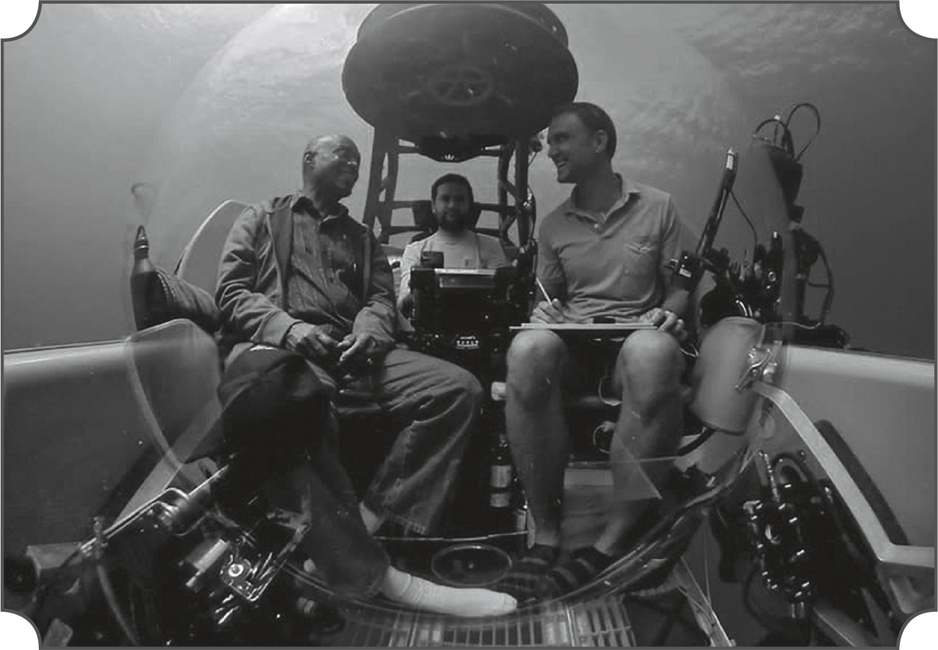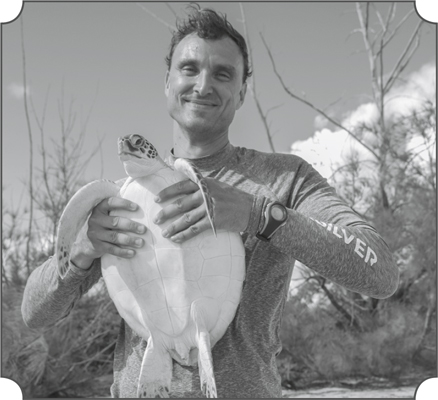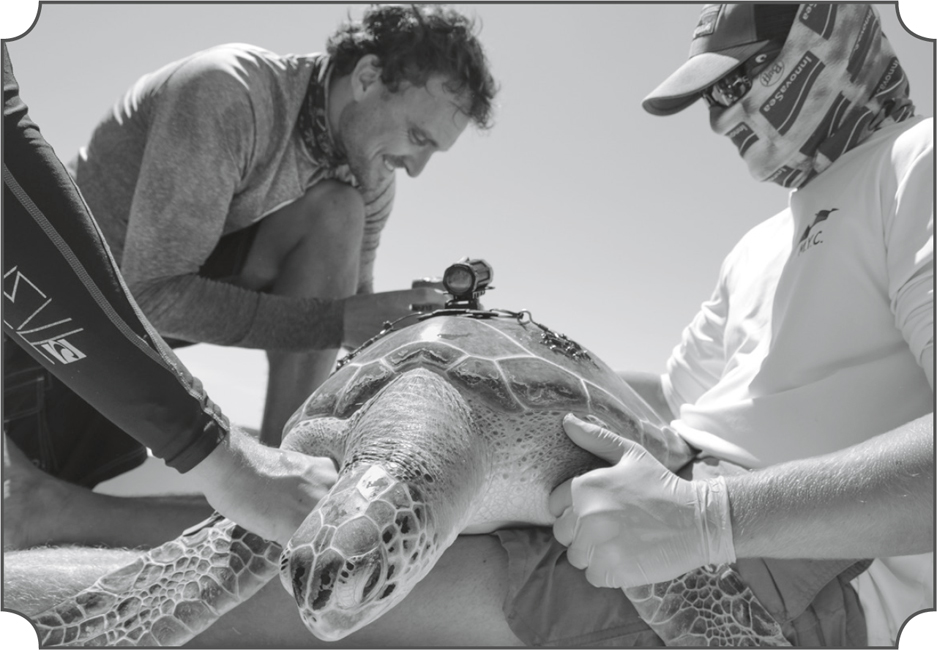Get to Know a Sea Turtle Scientist!
The animals and situations in Wild Rescuers: Sentinels in the Deep Ocean are purely fictional. To learn about the real creatures of the oceans, Stacy interviewed a marine biologist!

Name:
Nathan J. Robinson, PhD
Current job:
Researcher at the Fundación Oceanogràfic in Valencia, Spain
Which oceans have you conducted research in?
I have been lucky enough to work in the Atlantic, Pacific, and Indian Oceans. I have also worked in several smaller seas including the Gulf of Mexico, the Mediterranean, and the Caribbean. I feel very privileged to have been able to travel to so many incredible places as part of my job, and it is a definite perk of being a marine biologist. I have even had the opportunity to go places that no one has ever gone before. For example, I traveled below a depth of 1,000 m (3,280 ft) in a submarine to explore the bottom of the Caribbean Sea!

Dr. Robinson and the Bahamian minister of education in an OceanX submarine heading into the deep waters off the Bahamas.
Is it true you captured footage of a giant squid?
I am immensely proud to say that this is true! In the summer of 2019, Dr. Edith Widder and I recorded the first-ever footage of a live giant squid in US waters. This was the second time that this species has ever been caught alive on camera in the world, and it was a huge achievement in the field of deep-sea exploration. I still find it incredible that this deep-sea giant, which can grow to a size of over 14 m (46 ft) and was the inspiration for the legendary “Kraken,” was able to avoid being caught on camera for so long!

Dr. Robinson and Dr. Edith Widder standing next to the camera they used to record the giant squid.
What is one thing you want everyone to know about sea turtles?
Many people know that sea turtles are endangered, but I would like everyone to know that whoever they are and wherever they live, they can do something to help protect sea turtles around the world. One of the biggest threats to sea turtles today is marine plastic pollution, as sea turtles often confuse plastic objects for food. For example, floating plastic bags can be easily confused for jellyfish, a favorite meal of most sea turtles. If you want to help sea turtles, it is as simple as remembering to refuse, reduce, reuse, or recycle any single-use plastics in your life so they do not end up in the oceans!

What should you do if you find baby sea turtles on the beach?
If you ever find a baby sea turtle, it is important not to pick it up. Instead, you should try to contact any local authorities or organizations that work in sea turtle conservation. They will be able to provide direct advice and can likely send a team to help. However, if you do not know who to contact, then the best advice is to stay behind the turtle to not block its view of the ocean, otherwise it will not know which way to crawl. You can also use your body and any other object to create shade for the turtle. During the day, the sand can be dangerously hot for a hatchling.
What is a TurtleCam?
A TurtleCam is a device we built to discover more about the secret lives of turtles. Essentially, it is like a head-mounted GoPro but for a sea turtle. With these devices, we can get a first-person (or should it be first-turtle?) perspective on how these animals see the world around them. These TurtleCams are helping us learn more about what sea turtles eat, where they live, and what threats they face. We are even getting information on how turtles interact with each other—in other words, we are studying their social lives!

What should young people do if they are interested in ocean conservation?
My biggest recommendation for any young people interested in getting involved in ocean conservation is to volunteer. There are countless organizations working in ocean conservation worldwide, and they need your help! So do your research, find out which volunteer organizations are working in the areas that interest you the most, and get in contact.
About Nathan Robinson:
Nathan Robinson is a marine biologist and science communicator. His research focuses on using new technologies to answer important ecological questions while simultaneously raising awareness about the threats facing our oceans. Nathan first began following this career path after a video of him removing a plastic straw from a sea turtle’s nose helped ignite a global movement to combat plastic pollution in our oceans. He has since moved to several other exciting projects, including using animal-borne cameras to investigate the secret lives of sea turtles and capturing the first-ever footage of a giant squid in US waters. He hopes that his work will help engage global audiences in marine science and provide the impetus we need to keep protecting our ocean planet.
You can follow his work online.